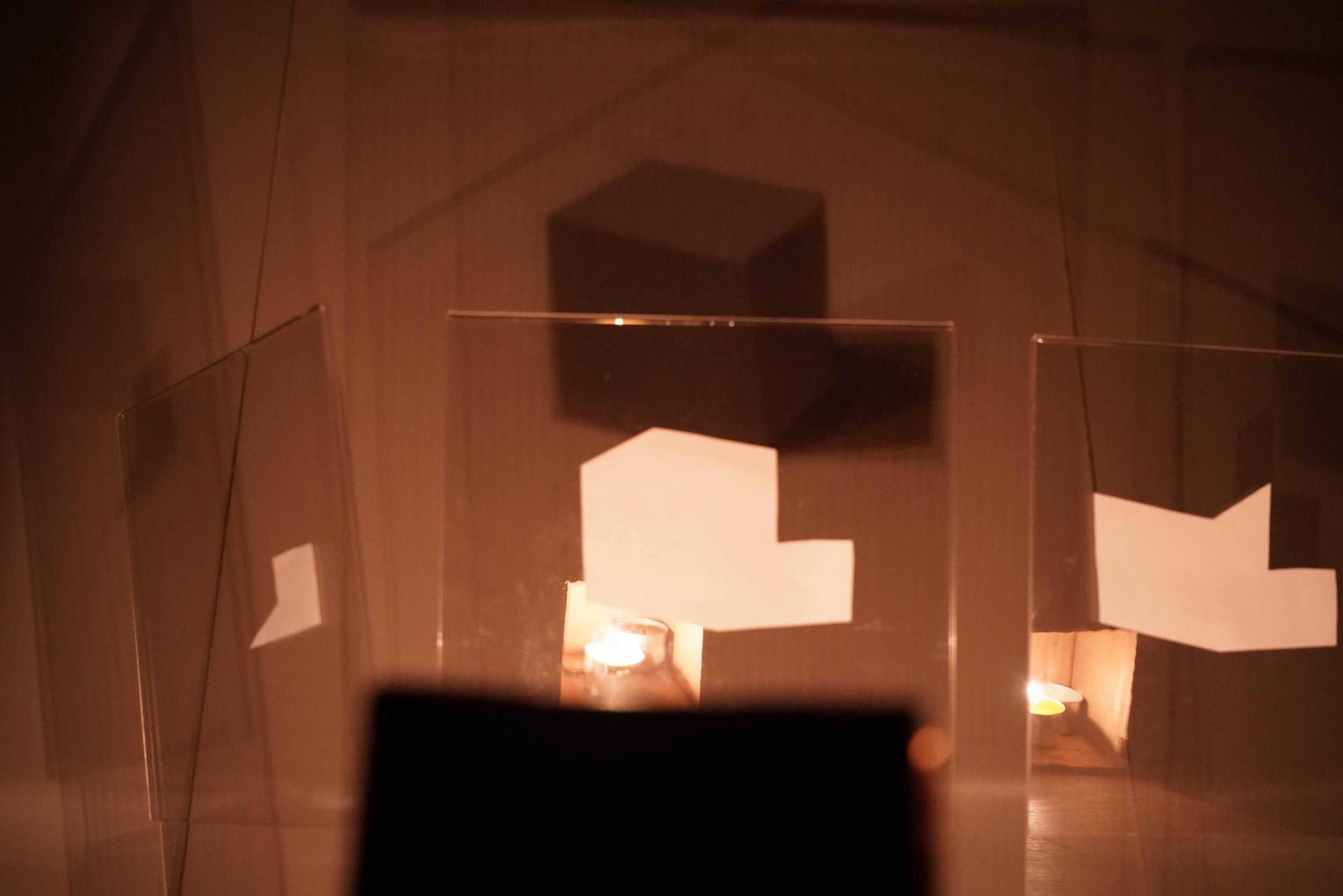
Shadow on Reality to Construct Painting.
“Although there is a sense in which the camera does indeed capture reality, not just interpret it, photographs are as much an interpretation of the world as paintings and drawings are.“
— Susan Sontag’s “Plato’s Cave” from On Photography, 1977.
I was thinking about the relationship between painting and photography.
As we know, painters always use some painting techniques to let a painted object to be more realistic. Such as indicate the shadow around an object to make it more stand out, skillfully blend its infinite variation from dark to light, or creatively highlight its light reflection, etc. Through these ways, painters create a realistic illusion of a three-dimensional subject's image on a two-dimensional surface, like canvas. In my opinion, in fact, the painting process is painters reinterpreted the light and imitated how light variation are presented on the object’s surface in the reality. So, if painters recorded and painted the more details of light in the painting process, they can bring the more natural sense of volume and depth to the audiences.
Light is important to make a painting realistic, on the other hand, light is also an essential condition for photo and photography. Because, technically, the working principle of a camera is to capture the light. Photo will show how light is reflected on the subject. That’s explained why rather than in most paintings, the object or people seem more alive and three-dimensional in the photograph. Because the camera capture the light equal to capture the reality.
To sum up, the presence of light and shadow helps both painting and photography bring the depth and volume of an object. So, what if I also use light and shadow to construct a three-dimensional on a two-dimensioned surface? I could bring an object which was not existed to the reality, just like what the painting did on the canvas, and what the camera did on the photos.
In this project, by following the principle of light, I used the formation of shadow to imitate the painting process to construct a three-dimensional subject on a two-dimensional surface. Be more specific, multiple light sources will create multiple shadows, and through repeated shadow formation multiple times and carefully changed the angle and shape of blocked, the sense of volume and depth are presented in reality. The interesting discovery is the degree of shadow could construct painting, when one shadow is superimposed over one another, the overlapped part will be darker. Thus, the overlapped part in most times becomes the shadow part of the image, and the overlapped part in fewer times could be seen as the highlight or light part of the image, just like what a painter did. In this way, by overlapping the shadow of two-dimensional subjects, I construct a three dimensional subject on a surface.














